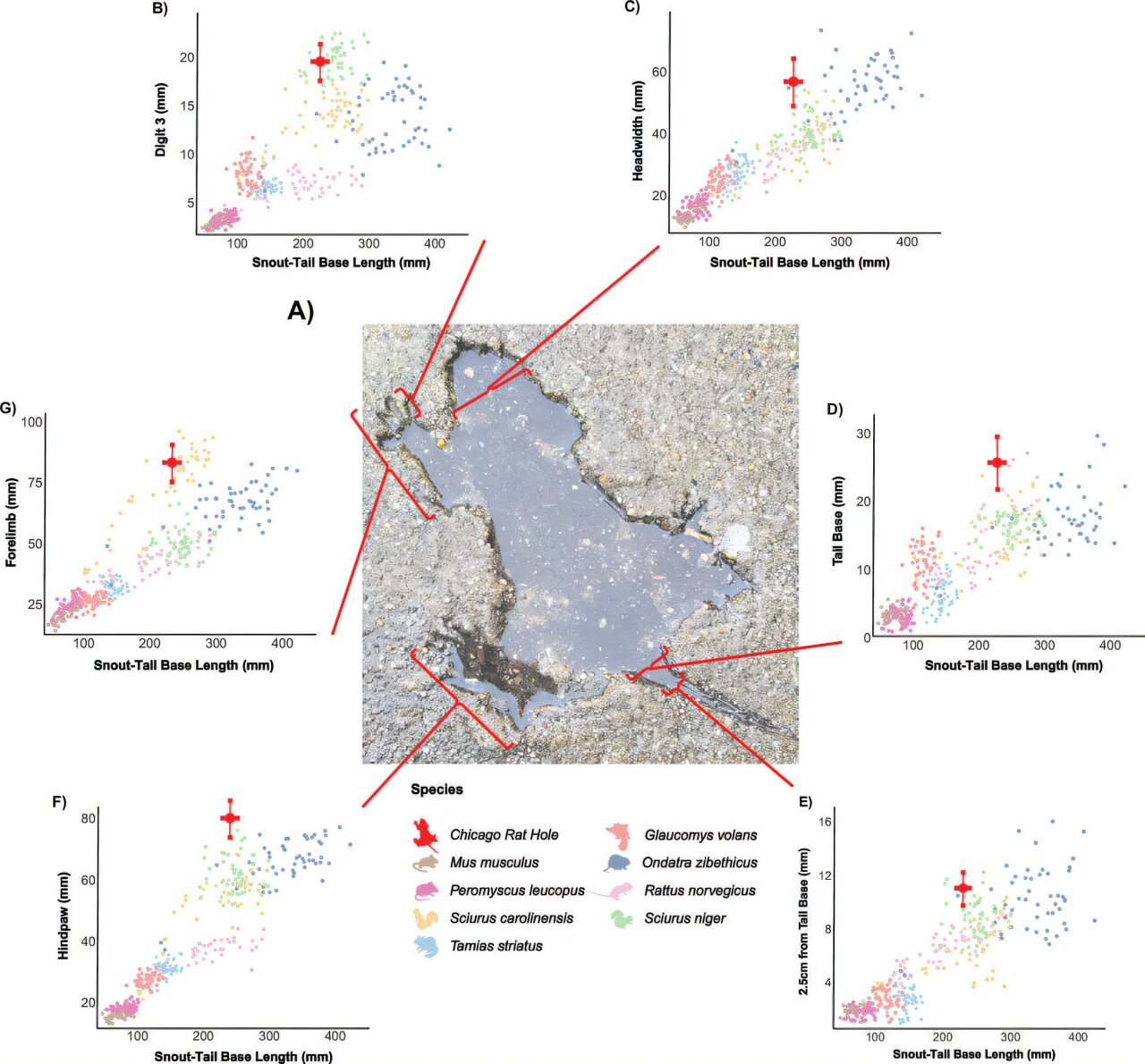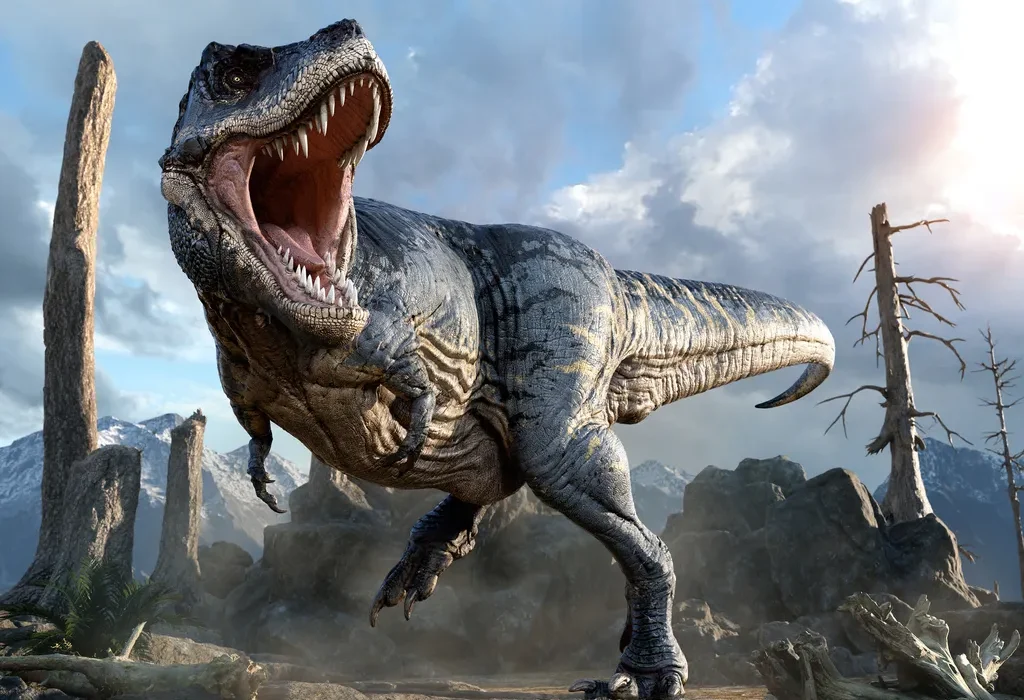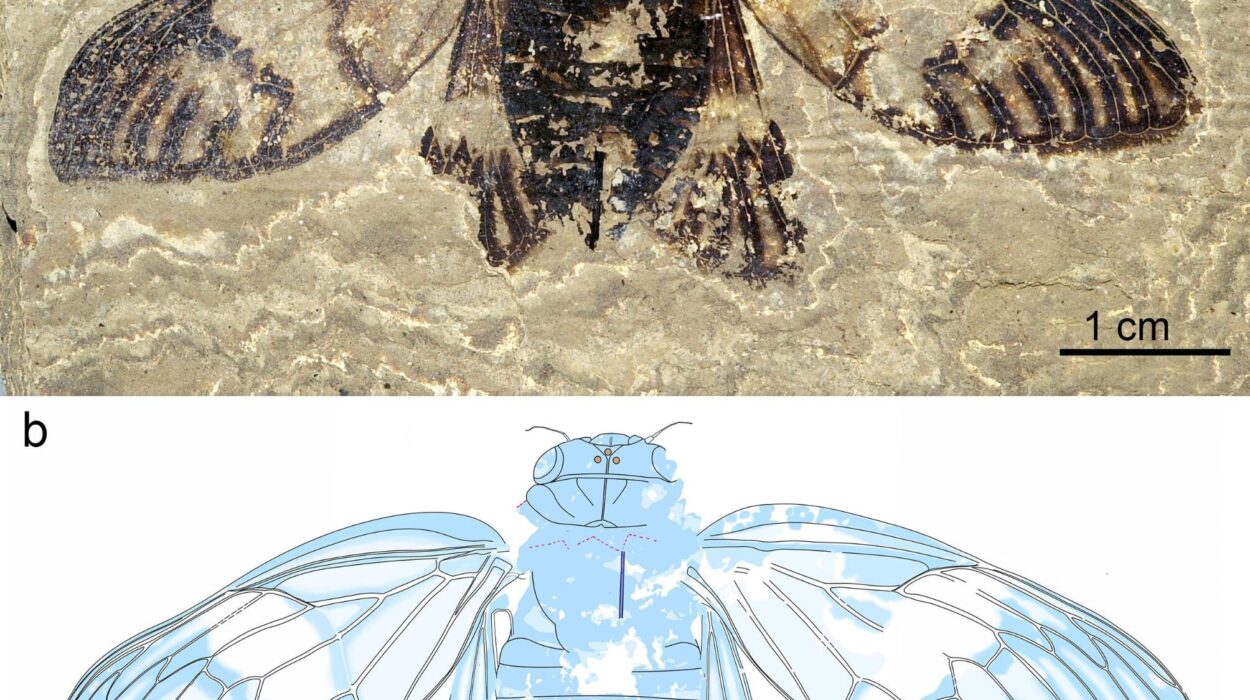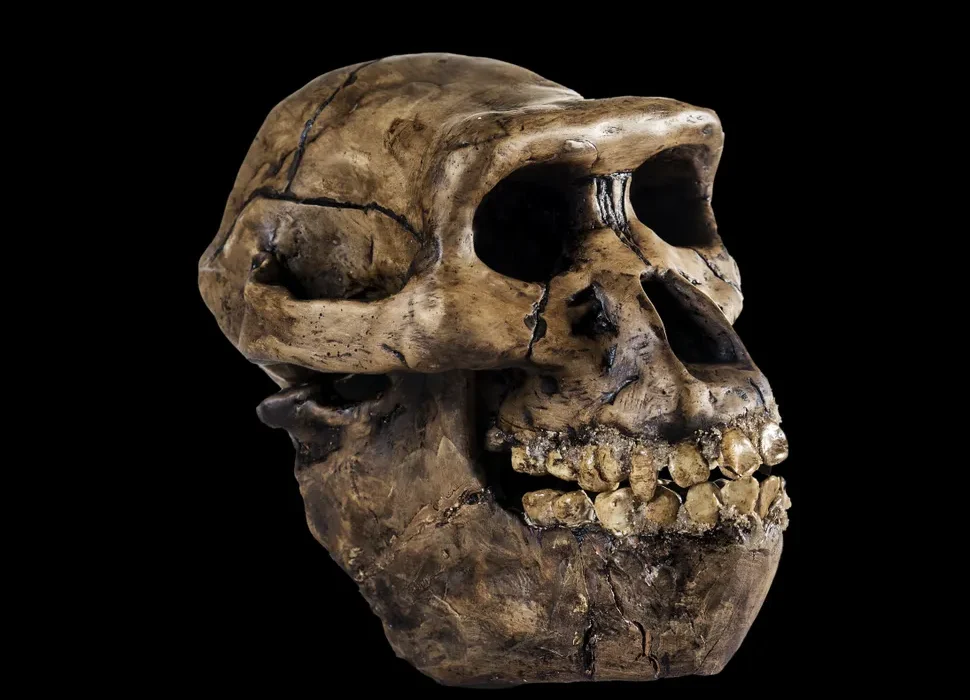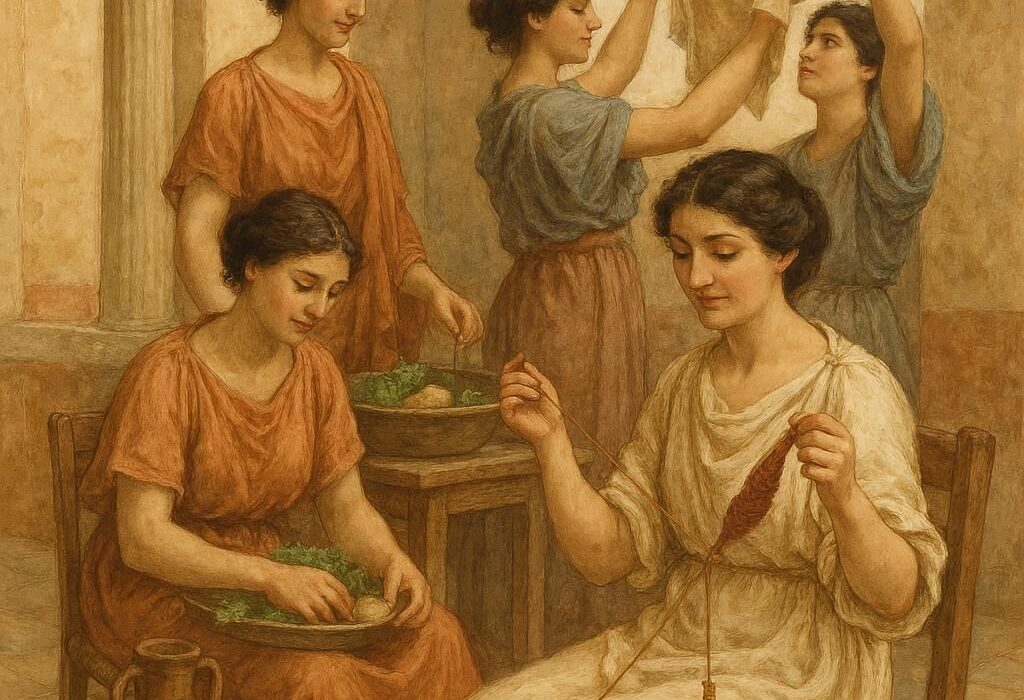For more than twenty years, it went unnoticed—a faint, rodent-shaped impression on a stretch of sidewalk in Chicago’s Roscoe Village. Locals might have passed it countless times without a second glance, unaware that one day this humble mark would become a cultural phenomenon.
Then, in 2024, comedian and writer Winslow Dumaine posted a photo of it on social media. The internet took notice. People were charmed, amused, and oddly fascinated. They began leaving coins, flowers, and tiny offerings beside it, as though paying tribute to some fallen creature immortalized in stone. The imprint earned nicknames like “The Chicago Rat Hole” and the cheeky “Splatatouille,” and soon became a local landmark—an accidental shrine to urban life’s small, mysterious dramas.
But what exactly was it? A tragic rat who met its end at the wrong time? A bit of random sidewalk texture that looked suspiciously alive? The debate began online with a mix of humor, folklore, and speculation. Yet, beneath the memes and jokes, a genuine scientific curiosity began to stir.
When Internet Fame Meets Scientific Inquiry
The charm of the “Chicago Rat Hole” wasn’t just its odd shape—it was the story people built around it. That story, however, was about to change when a team of researchers decided to investigate.
Published in the journal Biology Letters, their study set out to answer a simple yet surprisingly tricky question: what animal actually left that impression?
Without access to the real slab—it had been removed after its viral fame—the researchers turned to the best evidence available: photographs. Using 25 different images of the sidewalk imprint, they analyzed its dimensions by comparing it to nearby coins used for scale. They then compared these measurements with museum specimens of eight local rodent species commonly found in Chicago.
This wasn’t just a casual look. The researchers considered age, sex, and body size variations for each species, to avoid making hasty conclusions. Every angle, every limb proportion, every curve of the tail impression was examined in painstaking detail.
A Case of Mistaken Identity
The results were unexpected but clear: the famous “rat hole” wasn’t made by a rat at all.
The data showed that the proportions of the imprint aligned far more closely with those of squirrels—specifically the Eastern gray squirrel and the fox squirrel—than with any species of rat. The Eastern gray squirrel matched at 50.67%, the fox squirrel at 48.00%, while brown rats and other rodents didn’t come close to fitting the measurements.
According to the researchers, this was a case of “mistaken identity.” The imprint that launched a thousand memes wasn’t the final mark of a street rat—it was, in all likelihood, the unfortunate result of a squirrel that miscalculated a jump and landed on freshly poured concrete.
The Science of Splat
How could such a detailed impression be preserved in a sidewalk at all? The answer lies in the nature of concrete itself.
When freshly poured, concrete is soft enough to record impressions—like wet clay—but it quickly hardens, preventing delicate features from remaining intact. Hair, for example, doesn’t leave much of a trace. “Hair lacks the rigidity to create deep, well-defined impressions in substrates,” the researchers explained. That’s why the famous imprint lacks the telltale fluff of a squirrel’s tail and instead appears thin, smooth, and “rat-like.”
Underneath all that fur, squirrel tails are actually quite similar to those of rats—long, narrow, and sinewy. In the imprint, stripped of its fluff, the tail looks deceptively rat-like, leading many to misidentify the poor creature.
Another clue came from behavior. Squirrels are active during the day—the same time construction workers would likely have poured and smoothed concrete. Rats, on the other hand, are nocturnal and would be less likely to leave their mark during daylight hours. It wasn’t just anatomy, then, but timing that told the story.
A Viral Curiosity with a Serious Message
The researchers were quick to note that their study wasn’t groundbreaking in the traditional sense. It didn’t revolutionize biology or change our understanding of evolution. But what it did accomplish was something equally valuable: it reminded people that science doesn’t always have to begin with grand questions. Sometimes, it starts with simple curiosity.
In their paper, the authors wrote, “Our broader aim is to highlight that scientific inquiry begins with curiosity and observation: qualities that are not exclusive to professional scientists, but accessible to anyone with an interest in understanding the natural world.”
This sentiment cuts to the heart of why the “Chicago Rat Hole” became so beloved. It wasn’t just about identifying a mysterious imprint. It was about people coming together—comedians, passersby, internet users, and scientists alike—to wonder about something small, ordinary, and delightful.
From Meme to Museum of Wonder
The story of the “Rat Hole” feels almost poetic. It started as a meme, grew into a local legend, and ended as a scientific case study. Along the way, it bridged the gap between everyday curiosity and the rigor of academic science.
In an age where viral moments come and go, the tale of “Splatatouille” endures because it captures something rare: the joy of discovery hidden in plain sight. It proves that even in the most unexpected corners of our cities—beneath our feet, embedded in concrete—there are stories worth telling and mysteries worth exploring.
Chicago’s streets are full of history, from architectural marvels to cultural landmarks. Yet it was this small, unassuming sidewalk imprint that reminded people of something deeper: that wonder can be found anywhere, and that curiosity is the first spark of every scientific journey.
The Legacy of the “Squirrel Hole”
Now that the truth is out, the “Chicago Rat Hole” might need a new name—perhaps the “Chicago Squirrel Slip.” But names hardly matter. What endures is the curiosity it inspired and the laughter it brought.
In its own strange way, that little patch of concrete became a symbol of how humans connect with the world around them. It showed how art, humor, and science can intersect in the most ordinary moments. And it revealed that even a sidewalk stain can remind us to keep looking closer, to keep asking questions, and to never stop wondering why.
The imprint may have been moved, but the story it sparked lives on—a quiet testament to the fact that science begins not in laboratories or lecture halls, but in the simple act of noticing the world.
More information: Rodent indent not self-evident: a case of mistaken identity of the ‘Chicago Rat Hole’, Biology Letters (2025). DOI: 10.1098/rsbl.2025.0343. royalsocietypublishing.org/doi … .1098/rsbl.2025.0343
